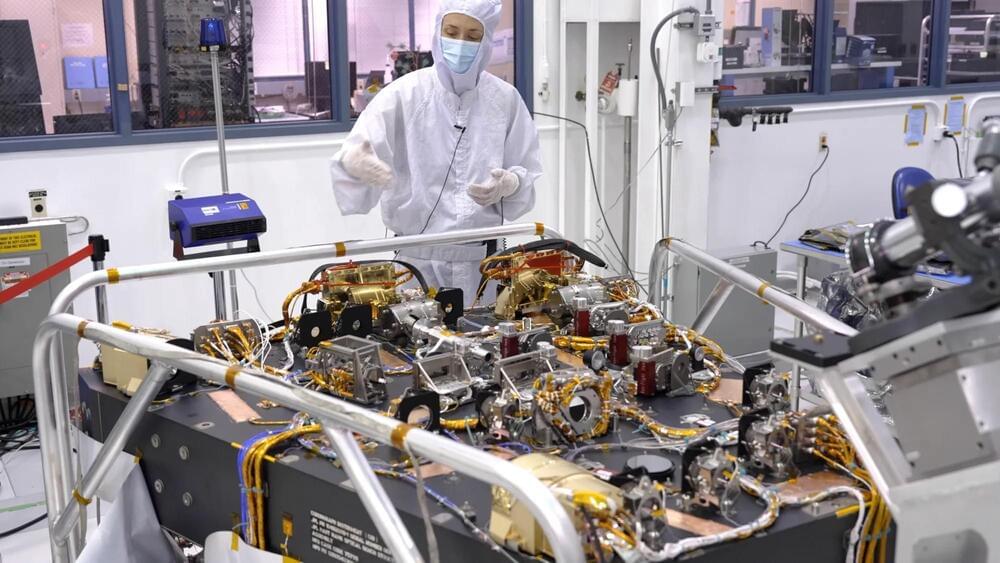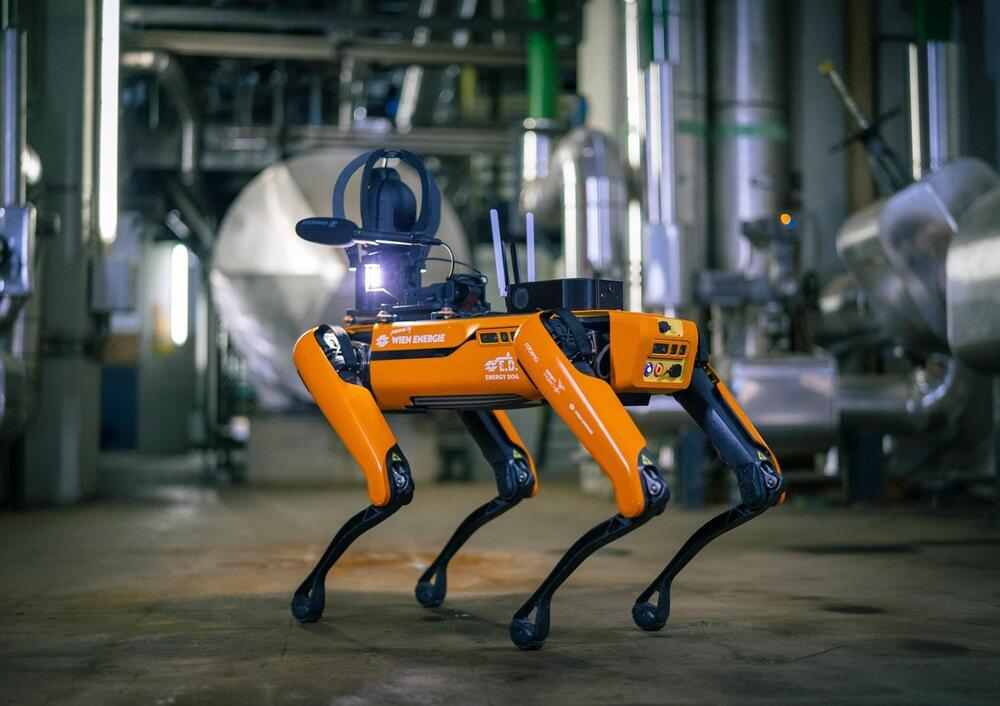Jan 31, 2024
Unveiling Hidden Worlds: The Role of NASA’s Roman Coronagraph
Posted by Laurence Tognetti, Labroots Inc. in categories: futurism, space
The study of exoplanets is slated to get an upgrade with NASA’s Roman Space Telescope, also known as Roman, which will observe the night sky like never before. However, before it can meet its current scheduled launch date of May 2027, Roman needs to demonstrate all its instruments and components are functioning at peak performance, which includes its Coronagraph Instrument (CGI). The CGI is slated to be a technology demonstration for directly imaging exoplanets on future space telescope missions. Recently, NASA announced that CGI passed some critical tests for ensuring the CGI and the other instruments on Roman will function in tandem without getting in each other’s way.
“This is such an important and nerve-wracking stage of building a spacecraft instrument, testing whether or not everything works as intended,” Dr. Feng Zhao, who is the deputy project manager for CGI at NASA JPL, said in a statement. “But we have an amazing team who built this thing, and it passed the electrical components tests with flying colors.”


















